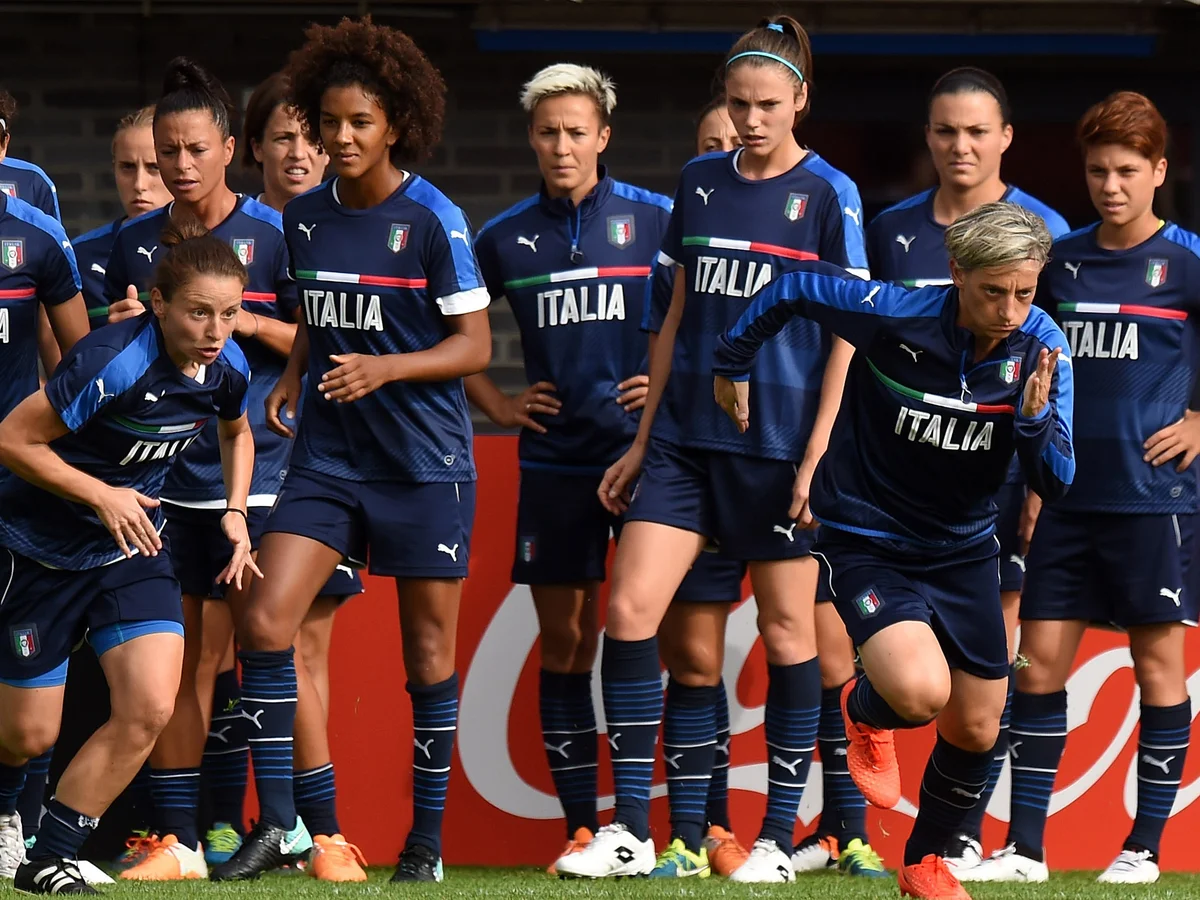Women’s football has exploded in the last decade. Record attendance, larger broadcast deals, more investment from clubs. The on-field advancements are undeniable and should be celebrated. But what isn’t discussed enough is that while women are finally being given the opportunity to play professionally, they’re still completely excluded from the closed rooms where decisions are being made.
The boardrooms, executive suites, director positions, this is primarily still a man’s world. And it’s not just unfair and unjust; it’s illogical. Football is working with half of its workforce underrepresented in leadership capacities. That’s a shame, and a waste for everyone involved.
The Statistics Are Dire
First, let’s look at the numbers for women in managerial positions and as executives. It’s abysmal. Less than twenty percent of women are club CEOs. Ten percent of women are sporting directors. Twelve percent of women are board members. As percentages get smaller by level of authority, the numbers increase slightly for coordinators and assistants, but even those pale in comparison to other industries.
This isn’t a case of a lack of eligibility either. Women are business graduates with degrees and experience in finance, marketing, and sports management. They’re out there, and many of them want to work in football. But the door remains closed.
It’s not a case of the playing field making it easier for men to step up. A retired male football player gets automatic credit for his playing career, and although he may go back to school on top of that to increase his chances of acquiring another position, his resume speaking for itself gives him myriad opportunities from coaching, scouting, and club-based management roles.
Retired female football players, however, have to jump through additional hoops just to be seen as equals. Either way, professional qualification and education should provide a level playing field.
Degrees Should Level the Playing Field
Are there programs paving the way for educated success, with initiatives like the FBA empowering women in football through education efforts with special supports? Yes. But these platforms should create merit-based achievements where all women need is an eligible degree and work experience to punch their golden ticket.
Women have degrees in sports management just like their male counterparts. Women possess experience in project management or working directly with teams. They know all applicable best practices as well as anyone else.
Yet women remain sidelined when it comes time to hire. Hiring managers who assume women don’t understand football as well as men do. Equity considerations that still stray women away from hidden female opportunities. Old boys clubs that don’t extend their reach to female hiring opportunities. It’s overwhelming, and it’s frustrating.
When It’s Too Late
It’s clear that the leadership gender gap in football doesn’t begin when someone wants to apply for a director position, this gap starts long before when pathways become available or not.
Men network as players and coaches and all along different managerial levels that give them essentially word-of-mouth access to opportunities and endorsements they would otherwise need to search for on their own.
Women play in segregated leagues as separate staff in separate facilities. Even with the growth of the women’s game, it still exists somewhat siloed from the men’s game where power and revenue still reign supreme. As a result, women build different networks without easy access to decision-making opportunities.
Entry-level positions come about through who you know; internships are secured based on networks affiliated with clubs and federations. If women’s leagues have entirely different networks, or effectively different staff, there’s less likely access to uncover openings in any managerial capacity because the information doesn’t flow the same.
Someone’s brother knows someone looking for a specific role at a club, word-of-mouth happens, but often, that feedback is an informal channel through which women are excluded.
What Clubs Are Missing
The reality is that making leadership gender diversity seem like a good idea, to be fair, to be socially responsible, makes it sound like something that’s a nice addition; it’s not, it’s inherently wrong and inequitable.
But even more than that, any club without women in leadership positions is actively limiting itself without access to a major revenue stream that it cannot afford.
Women represent a huge portion of football’s burgeoning fan base. The women’s game represents a vast growth market for what will only get bigger over time. Women behind the helm know what value they want; men outside of the situation guess based on research reports and focus groups, but that’s essentially all they’ve got.
Furthermore, data continually proves that diversity in leadership generates more successful decision-making in any industry; football clubs are worth millions, hundreds-of-millions, and must make complex decisions regarding transfers, marketing, commercial partners, overall trajectories, and it’s not optional or some nice added consideration, it becomes a competitive advantage.
What Actually Needs to Change
Fixing this problem requires more than just encouraging women to apply. The entire system needs restructuring at multiple levels, and clubs need to commit to actual change instead of just talking about it.
Hiring practices need a complete overhaul. Blind resume reviews, structured interviews, diverse hiring panels. These aren’t new concepts, other industries have been using them successfully for years. Football just needs to catch up. Clubs should also be transparent about their leadership demographics and set real targets for improvement, not just vague statements that sound good in press releases.
Mentorship programs matter too. Women entering football need guidance from people already established in the industry, and they need advocates willing to push for them when opportunities come up. Formal programs can create these relationships when informal networks shut women out by default.
Education programs need to actively recruit and support female students. Scholarships, targeted outreach, making sure the curriculum and teaching staff reflect diverse perspectives. Building real partnerships with women’s leagues to create clear paths from classroom to employment, because right now that connection barely exists.
Clubs also need to look beyond their usual hiring pools. If the typical channels keep producing male candidates, then those channels are broken. Recruit from women’s leagues, from other sports, from business sectors outside football. Stop hiring the same type of person repeatedly and expecting different results.
Why This Matters
The gender gap in football leadership isn’t just a football problem, it reflects patterns across all sports. Women’s sports are growing fast but women in leadership remain scarce. Football, being the world’s most popular sport, has a real opportunity to lead change here. What happens in football influences other sports and industries in ways that actually matter.
Young women who love football need to see career paths beyond playing. They need to know their passion and knowledge have value on the business side too. Right now, football’s message is clear enough: women can play and watch, but not make decisions. That has to change.
The talent is there. The business case is there. What’s missing is the willingness to actually change hiring practices, challenge old assumptions, and open doors that have been shut for too long. Progress on the pitch has been impressive, genuinely worth celebrating, but it’s incomplete without matching progress in the boardrooms.
Until football treats gender diversity in leadership as a core business priority rather than something to mention occasionally, this gap will continue. Playing opportunities will keep expanding, which is great, but half the population will stay locked out of positions where real power sits. That’s not just unfair. It’s a strategic mistake football can’t keep making if it wants to reach its full potential.



